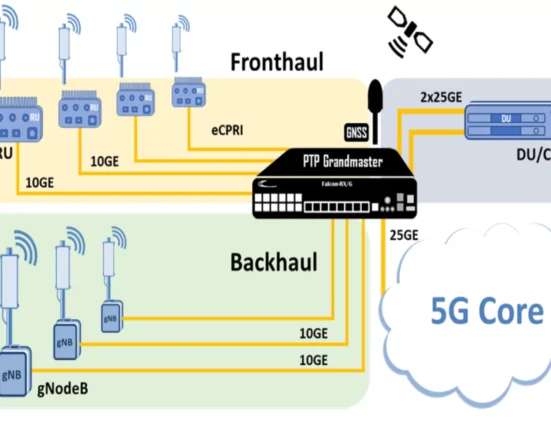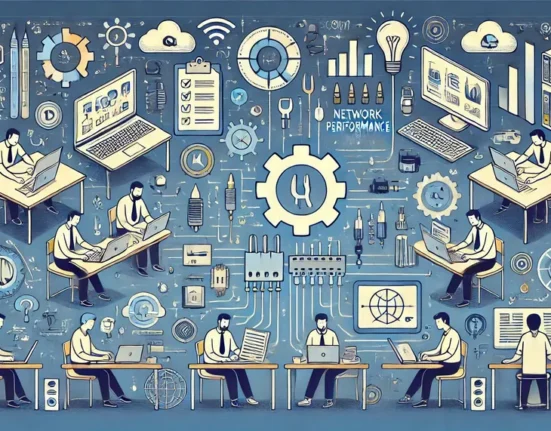AI and its roles in today’s education!
With the rapid development of technology, artificial intelligence makes its way into many facets of our lives, and it’s no surprise that the use of AI in education is rapidly increasing.
It is in classrooms across the world and also in online courses.
But there are still some misconceptions about what AI does!
The purpose of this blog post will be to explore ten roles that artificial intelligence plays in education today.
We’ll start by exploring how AI can assist teachers with grading assignments, then move on to other areas where AI helps educators, like reading comprehension tools and tutoring programs. By the end of this post, you should have a better idea about how artificial intelligence impacts education, so read on!
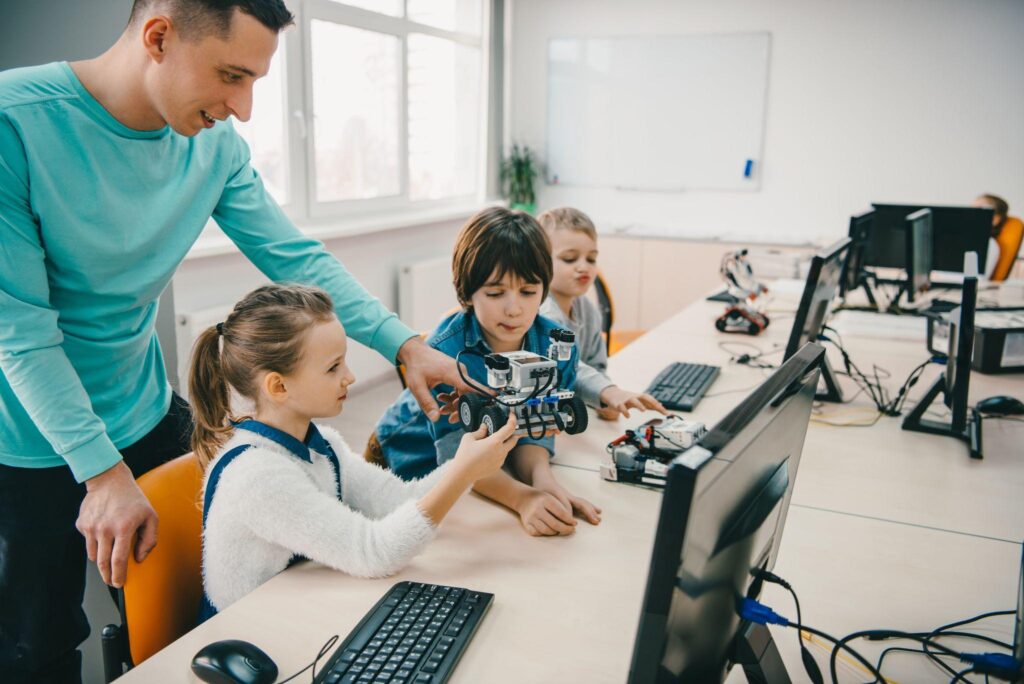
1. AI assists teachers by grading students’ assignments
Teachers spend much time grading student work, which is why many are excited about the prospect of allowing computers to take over this role.
There are already some programs that can use for automated grading, even with complex assignments like essays and research papers.
An algorithm developed by Grammarly can correct up to 10 types of errors in different kinds of texts, including essays.
The AI developed by the startup company Knewton can even read and evaluate students’ work, understanding what they are trying to communicate.
It uses artificial intelligence technology to understand complex grammatical constructions that describe new concepts; then, it finds similar texts in its database to compare the meaning.

2. AI improves education through digital assistants
Teachers can also use online assistants like Google Assistant or Siri to help out with their work. These tools can answer students’ questions, making it easier for them to find answers while remaining engaged in other tasks like completing assignments or studying for tests.
3. Artificial intelligence helps students learn by guiding them through the material.
If you’ve ever used an online program or app to help you study, then you know how helpful it can be.
AI has made these tools very efficient, and they are constantly in use.
Some programs use artificial intelligence for reading comprehension. That may sound a bit odd at first but think about it. These tools can read the material you’re studying, recognize concepts and even summarize information for you!
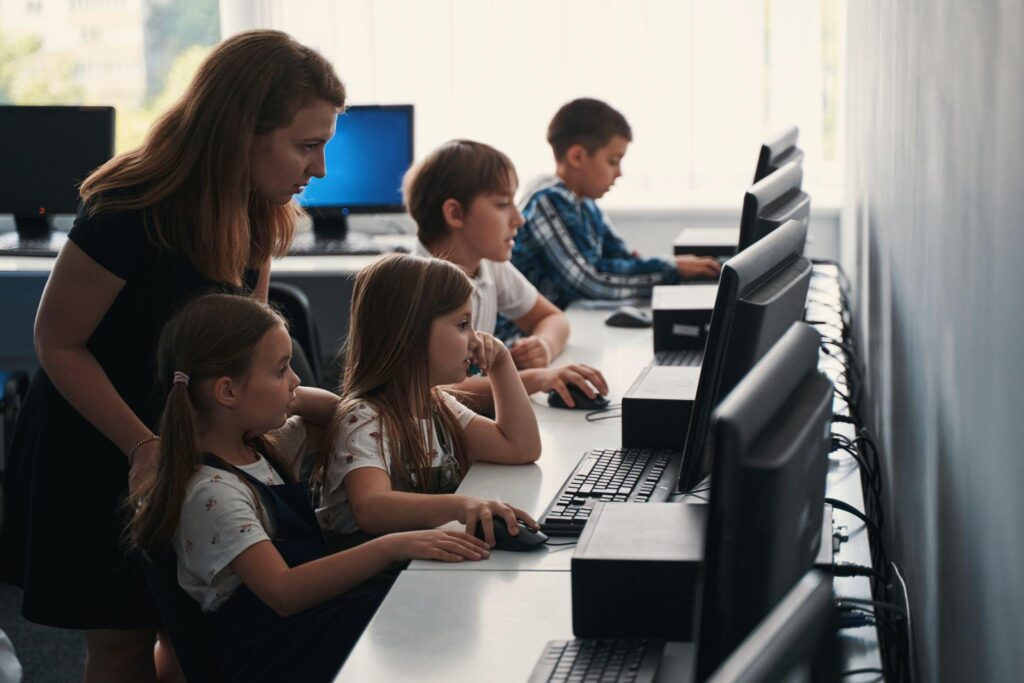
4. Artificial intelligence helps teachers personalize the learning experience
Teachers can use artificial intelligence programs to understand better their students’ backgrounds, preferences, abilities, and needs. Then, they can use this information to customize the learning experience.
5. You can use AI for homework assistance.
This technique is beneficial for students who need more guidance on approaching specific problems or would like some help with understanding new concepts.
There are two ways that teachers can make use of artificial intelligence in this context. They can use the same apps they used for studying or access online AI tutoring programs that are usually low-cost and very effective.
6. AI assists teachers with lesson planning
Some teachers are already using artificial intelligence to simplify their work and gain back valuable time on other tasks like designing engaging lessons for their students. Teachers can use specific tools that analyze student data and then highlight areas of improvement to focus on an individual student.
7. AI allows teachers to diagnose students’ learning problems.
Teachers who use artificial intelligence programs can get a better understanding of why some students struggle with certain concepts.
Then, they can adapt their lessons to help students better grasp these topics.
8. Advanced artificial intelligence can even grade teacher quality.
Some may find this a bit controversial, but cryptocurrencies like Binance Coin are already using AI algorithms to rank teachers’ performance and education resources. The idea is that students will access information from those who have been evaluated as “trusted” by their peers.
9. AI allows for better collaboration between schools.
Artificial intelligence can monitor student progress and growth so that teachers can identify any developmental problems early on, allowing them to develop personalized learning plans for each child.
It is beneficial in rural areas where students may not have access to pediatricians or professionals who can offer assistance.
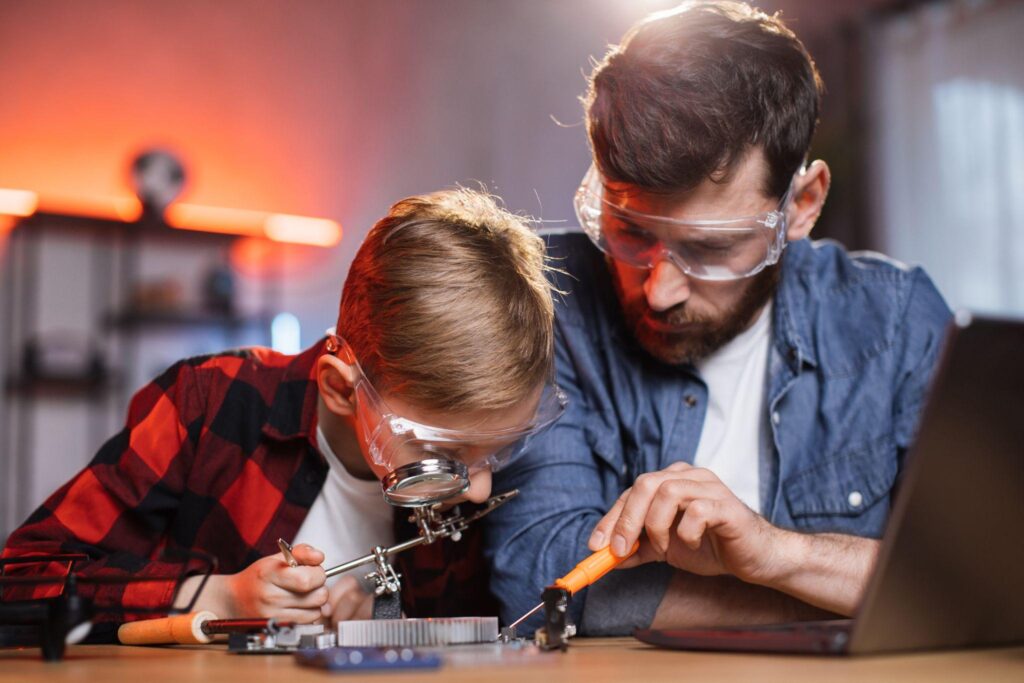
10. Schools and school districts can use AI to become more efficient
Schools and school districts worldwide are using artificial intelligence technology to help them work smarter, not harder.
One example is a tool that schools in Chicago have been using for over a year now to help them track student attendance. The device automatically notifies teachers when students are absent so that they can plan accordingly.
There are many tools like this available for schools to use that give them better insights into their students’ academic performance and skill levels, which allows them to make better decisions regarding what resources to offer to maximize student potential.
Conclusion:
Artificial intelligence is not a new concept in education. Teachers have been using it for some time now to collaborate, provide feedback, and even grade assignments. However, artificial intelligence has come a long way since the days of Microsoft Word’s grammar checker and Siri on your iPhone.
Artificial intelligence can play many different roles in helping teachers teach their students effectively – from grading homework or providing personalized lesson plans to diagnosing student learning problems with advanced AI systems like Watson Assistant.
With so much potential for innovation through machine learning and deep neural networks, we’re excited about what future innovations will bring!
What do you think? Are these 10 Roles of AI In Education enough motivation to get started incorporating this technology into your current plan?



